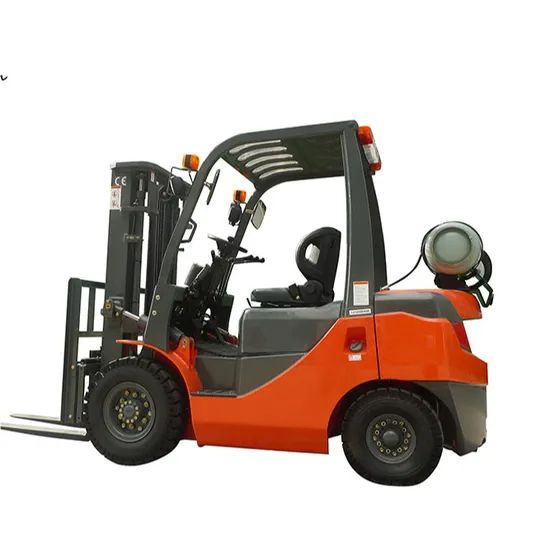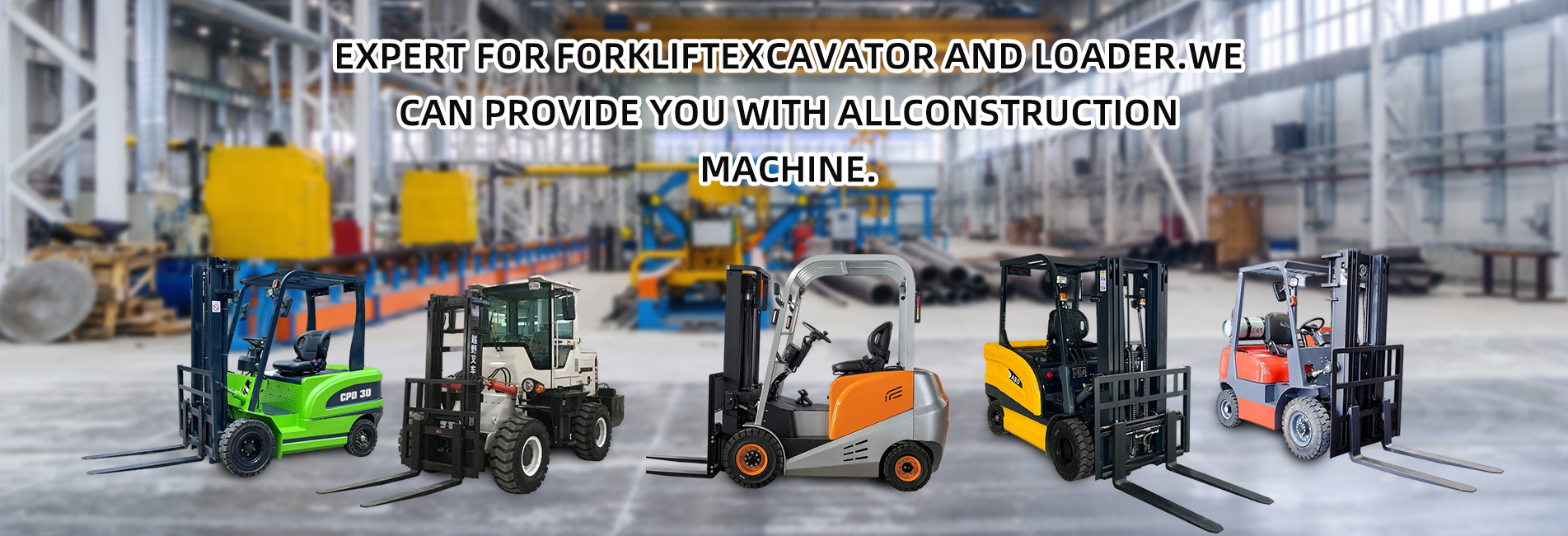When choosing a forklift, gasoline forklifts and LPG (liquefied petroleum gas) forklifts are common options, each with its own advantages and disadvantages, suitable for different usage scenarios. The following is a comparative analysis of the two from multiple aspects to better judge which one is more suitable for specific needs.

In terms of fuel characteristics and supply, gasoline forklifts use gasoline, a common liquid fuel with an extensive supply network. It is easily available at gas stations, making fuel replenishment convenient for situations that require frequent movement or operation in remote areas. The fuel for LPG forklifts is liquefied petroleum gas, which is usually stored in special gas cylinders. The supply is not as widespread as that of gasoline. It is necessary to reserve gas cylinders in advance, and replacing cylinders also requires a certain amount of operating space and time. However, LPG has a high energy density and good endurance.
In terms of operating costs, the price of gasoline is greatly affected by market fluctuations, and the fuel cost may fluctuate significantly in the long run. The price of LPG is relatively stable, and its combustion efficiency is high. The fuel consumption per unit of work is often less than that of gasoline. From the perspective of long-term use, the fuel cost of LPG forklifts may be more advantageous. However, LPG forklifts need to be equipped with special gas cylinders and related equipment, and the initial investment will be slightly higher than that of gasoline forklifts.
Environmental performance is also an important consideration. Gasoline forklifts emit more pollutants such as carbon monoxide and hydrocarbons during combustion, causing relatively greater pollution to the environment. Using them in enclosed or poorly ventilated environments may affect the health of operators. LPG forklifts burn more fully, emit fewer pollutants, and have better environmental performance. They are more suitable for places with high environmental requirements, such as food processing plants, pharmaceutical warehouses and other enclosed or semi-enclosed environments.
From the perspective of maintenance, the structure of gasoline engines is relatively simple, the maintenance technology is mature, there are many maintenance outlets, so maintenance is more convenient, and the maintenance cost is relatively low. The fuel system of LPG forklifts is relatively complex. It is necessary to regularly inspect and maintain components such as gas cylinders and pressure reducing valves to ensure safety. The maintenance cost may be slightly higher than that of gasoline forklifts, and the technical requirements for maintenance personnel are also higher.
In terms of power performance, gasoline forklifts have a relatively rapid response during startup and acceleration, with direct power output, suitable for operating scenarios that require frequent start-stop and rapid movement. The power performance of LPG forklifts is similar to that of gasoline forklifts, but they may be slightly inferior to gasoline forklifts in continuous high-load operations.
Comprehensively speaking, gasoline forklifts are suitable for scenarios where fuel replenishment is convenient, environmental requirements are not high, and attention is paid to maintenance convenience and initial investment costs; while LPG forklifts are more suitable for scenarios with high environmental requirements, enclosed or semi-enclosed environments, long-term use and emphasis on fuel costs. When making a choice, comprehensive consideration should be given to factors such as the specific operating environment, frequency of use, and cost budget.


